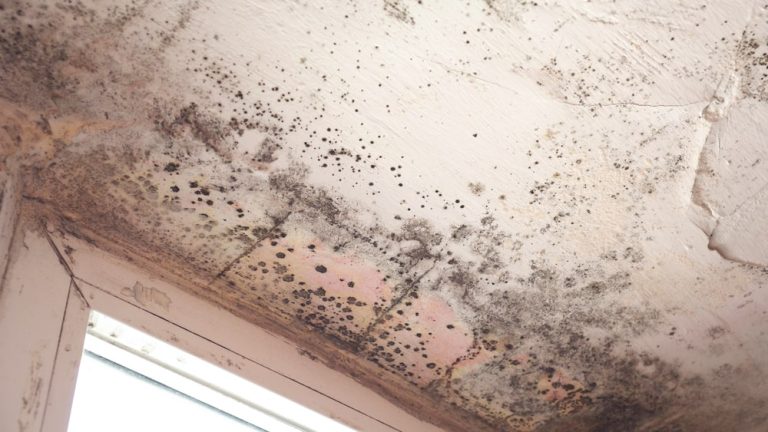A quick recap...
In conclusion, I’m sure you can agree with us, damp and mould in your home is no joke, and should be sorted as soon as you can! Here at First Choice Energy Ltd, we hope to have enlightened you on the symptoms, risks and the treatment of damp and mould in your home.


